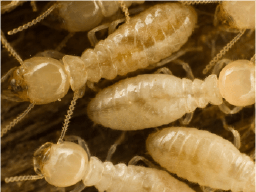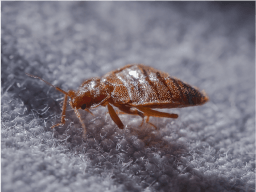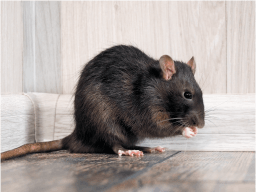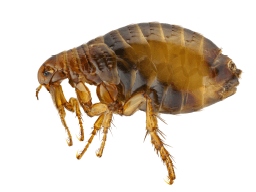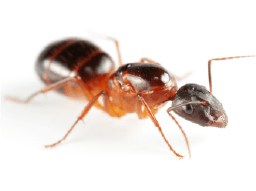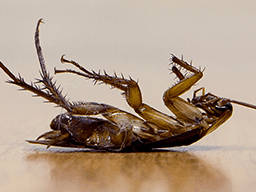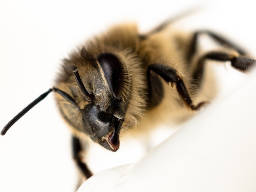5 Bugs That Look Like Bed Bugs
by Daniel Lamb | July 24, 2020 | Blog
How To Identify Bed Bugs
Bed bugs are nocturnal insects that live near humans and feed off human blood while they are sleeping. Living with a bed bug infestation can be physically unpleasant as bites can cause anything from minimal itching to blistering and bleeding from scratching too much. More than the physical disturbance, however, many people find that living through a bed bug infestation is psychologically and emotionally distressing as it can cause insomnia, depression and isolation.
Understanding and eradicating a bed bug problem means first making sure that what you are dealing with are definitely bed bugs. Bed bugs are elusive and can be difficult to identify and, to make matters worse, several bugs look or act like bed bugs. It can take looking at the bug under a microscope or having the experience of a pest control experts to determine exactly what your infestation is.
Bed bugs are characterized by their red-brown or pale-brown color, apple seed-sized body and six legs. Read on to learn the characteristics of 5 bugs that look like bed bugs.
1. Bat Bugs
Bat bugs are the most similar to bed bugs of all the lookalikes on this list. Like the bed bug, the bat bug is brown in color, oval in shape and about the size of an apple seed. The main discernible difference between the two in terms of appearance is that the bat bug has longer hairs on its head.
Unlike bed bugs, however, bat bugs don’t normally live in bedrooms. Their primary food source is bats, though they will feed on human blood if no other available food source is available. You may spot bat bugs in attics or chimneys or other places bats like to roost.
2. Spider Beetles
The American spider beetle’s body is dark reddish-brown or black with heads, legs, thorax and antennae that are covered in pale-yellow hairs. Like the bed bug, the spider beetle has a large, oval-shaped body and is a similar size of around 1-5mm.
Like bed bugs, you might find spider beetles in your walls or ceilings, but you are more likely to find them near your pantry, not your bedroom. Spider beetles feed on grains like wheat, flax and rye so they may get into your pantry staples rendering them unusable, but other than that are not dangerous and don’t spread diseases.
3. Lice
Most people know about head lice, but don’t often think about other kinds of lice that may cause a similar bodily reaction to bed bugs. If you find yourself with itchy skin and notice bumps and bite marks, it might not be from bed bugs, but rather from a lice infestation. Head lice, body lice and pubic lice all share similar characteristics to bed bugs in that they are small in size and have a reddish brown body. It can be difficult to tell lice apart from bed bugs without a very close inspection.
4. Fleas
Fleas, like all the other bugs on this list, are small in size (perhaps the smallest of the list) at about 1/8 an inch and are also reddish-brown. Fleas are also laterally flattened like bed bugs and cause very itchy bites in humans. Fleas typically come into your home from pets that have been outdoors.
5. Carpet Beetles
Carpet beetles are similarly sized to bed bugs but are black with a white pattern and orange scales. Adult carpet beetles have wings and fly during the daytime. Carpet beetles do not bite humans but people who are allergic to them might find itchy welts that come from being exposed to the hairs of the carpet beetle.
Have A Pest Control Specialist Identify Your Bug Problem
If you are finding yourself covered in itchy bites and cannot identify where the bites are coming from, don’t hesitate to call a pest control professional today. Contact Pest Control Experts for a free estimate and to schedule a home inspection ASAP!






